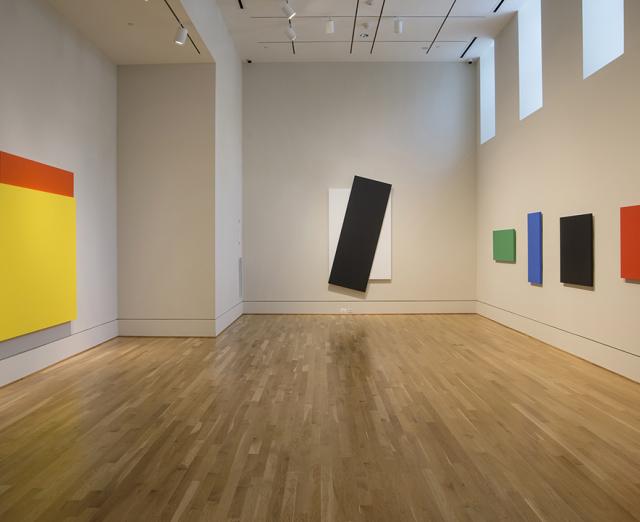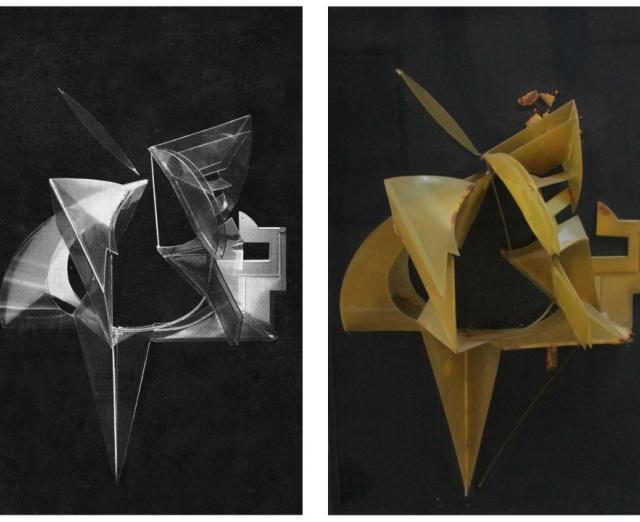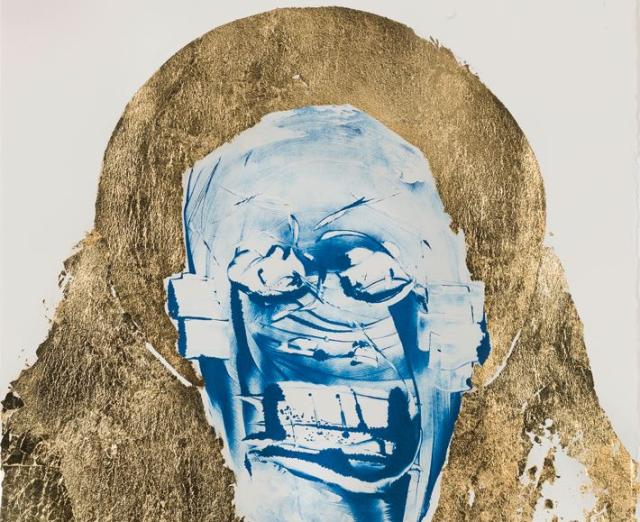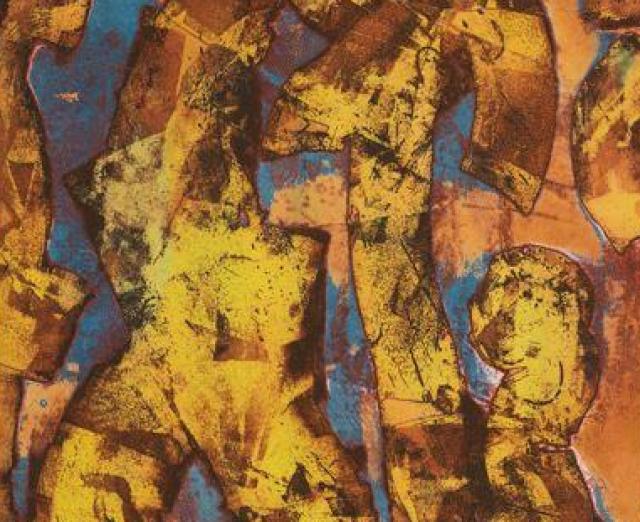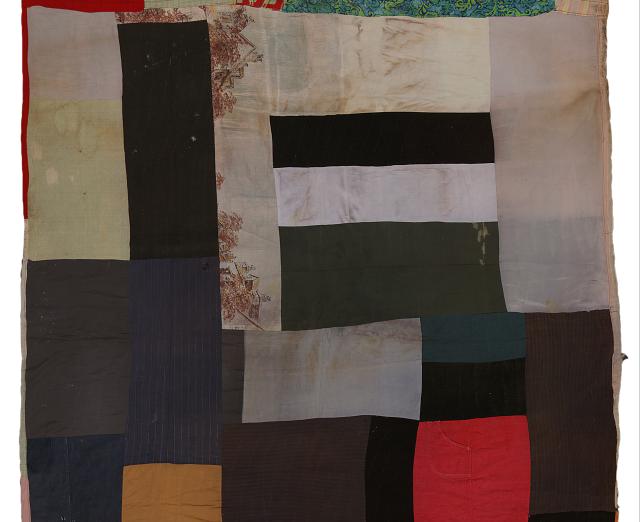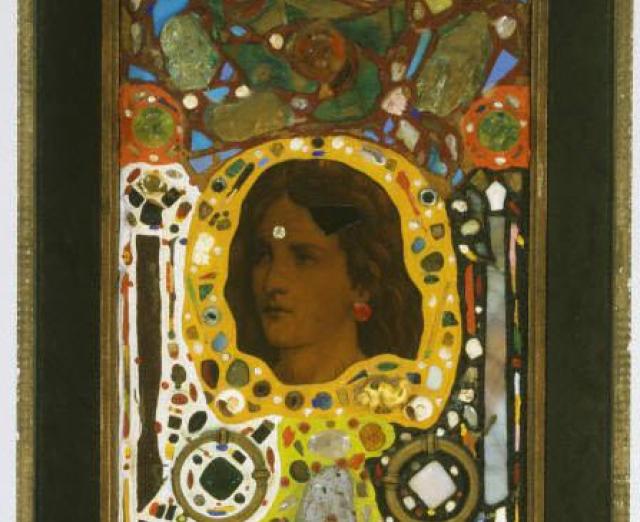Artists of Our Democracy
Collection, Exhibitions & Events
Daumier should be the inspiration to the artists of our democracy.—Duncan Phillips, 1942
I have tried in my art to express truth, beauty, justice, humor. We must have the capacity to express with vigor all points of view and contribute to the development of a great American art among nations.—William Gropper, 1953
In 1942, five months after the Japanese attack on Pearl Harbor, Phillips Collection founder Duncan Phillips gave an impassioned speech declaring the “necessity of art” as a vital force in the “long fight for freedom.” Among the leaders, Phillips singled out Honoré Daumier, the influential 19th-century French artist whose work assumed an important place in the museum’s collection. Through his dramatic paintings and satirical cartoons, Daumier exposed the social and political inequities of his time. Phillips saw in Daumier’s seminal painting The Uprising the shared human struggle of all oppressed peoples.
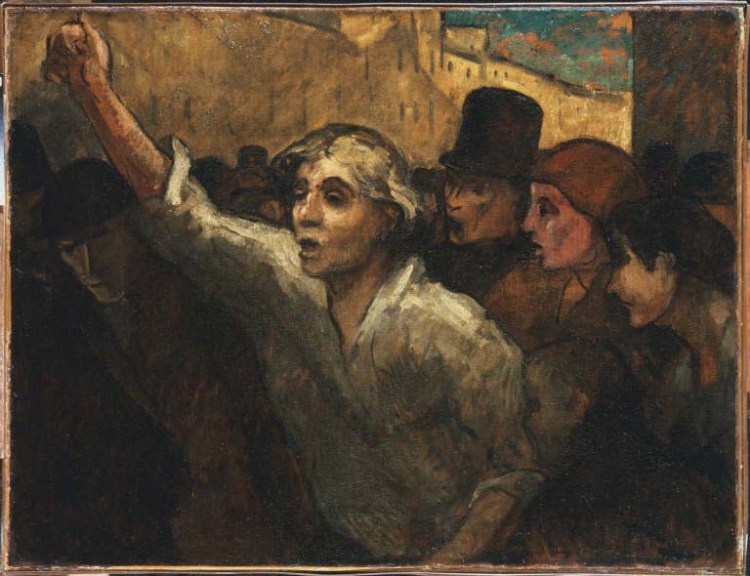
The Phillips Collection presents a special installation that brings together a selection of socially conscious works in the collection by Daumier and others who were inspired by his example, including 20th-century social realists Philip Evergood, George Grosz, Everett Shinn, and John Sloan, along with contemporary artists Patrick Oliphant and Federico Solmi. Their artistic expressions across styles, media, and time address topics that continue to resonate in our current socio-political climate.
The Great Farce: Portable Theater by Italian multimedia contemporary artist Frederico Solmi is based upon a 9-channel projection first exhibited on the façade of the Schauspiel Opera Theater in Frankfurt Germany for the 2017 Biennial of the Moving Image. In it, the artist creates an immersive environment where the power-hungry whims of world leaders rewrite, distort, and fabricate events of the past, present, or future. In this carnivalesque atmosphere, contorted figures entertain, distract, and misdirect the public through the art of spectacle. Housed inside an ornate, thickly painted backdrop, Solmi’s video presents a dystopian vision of our present-day society.
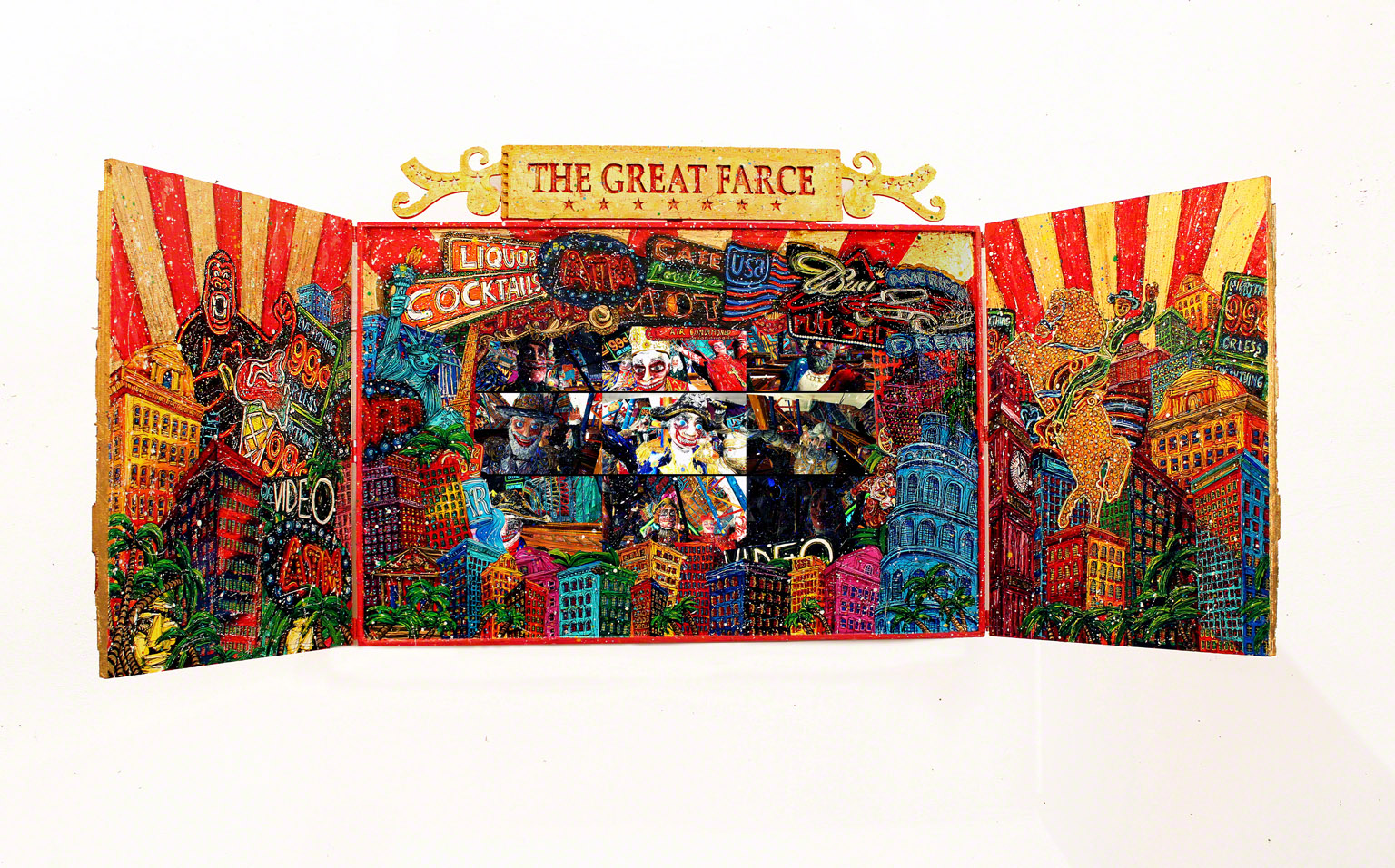
Also following the tradition of Daumier, American political cartoonist and painter William Gropper employed his fluid graphic line and sharp wit to expose universal human concerns, from freedom and democracy to civil rights. Gropper contributed thousands of cartoons to mainstream publications such as Vanity Fair and the New York Tribune, as well as more radical leftist papers including Rebel Worker, New Masses, and the Yiddish daily Morning Freiheit. While unsparing in his biting condemnation of racism, racial violence, fascism, antisemitism, and governmental corruption, Gropper fervently believed in the power of art to bring people together across the aisle and effect change.
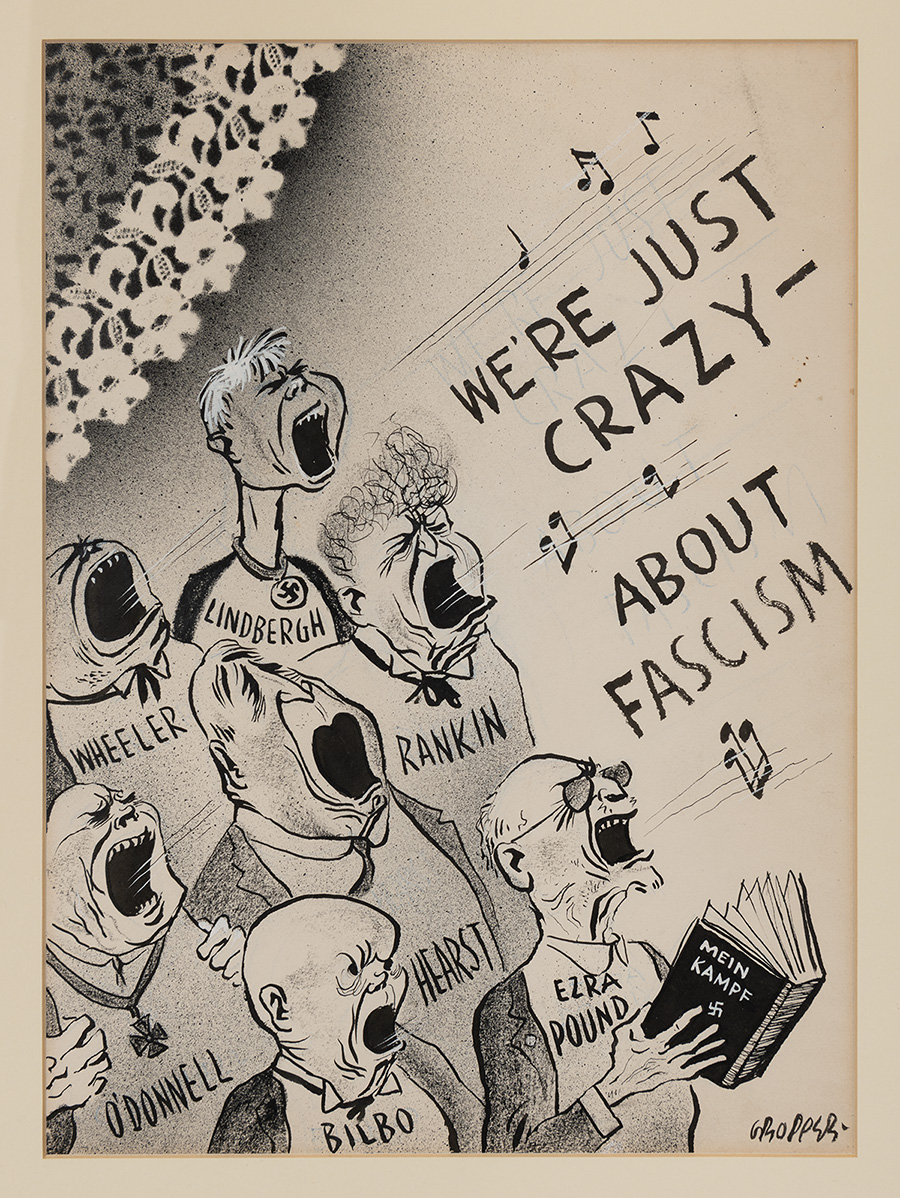
This cartoon displays some of the most influential figures in America in the 1930s singing their praises for fascism proudly on stage. Gropper’s contrived scene features Ezra Pound, the important poet and literary critic whose songbook is Hitler’s political manifesto, Mein Kampf; Charles Lindbergh, celebrity aviation hero; William Randolph Hearst, media mogul; John O’Donnell, Daily News columnist; and politicians Senator Burton K. Wheeler, Senator Theodore G. Bilbo, and Congressman John E. Rankin—all of whom openly supported white supremacy, antisemitism, and Nazi propaganda. Undercut with Gropper’s stereotypical wit, the cartoon offered sobering commentary on how fascism ceased to be a fringe movement in the US by the late 1930s.
